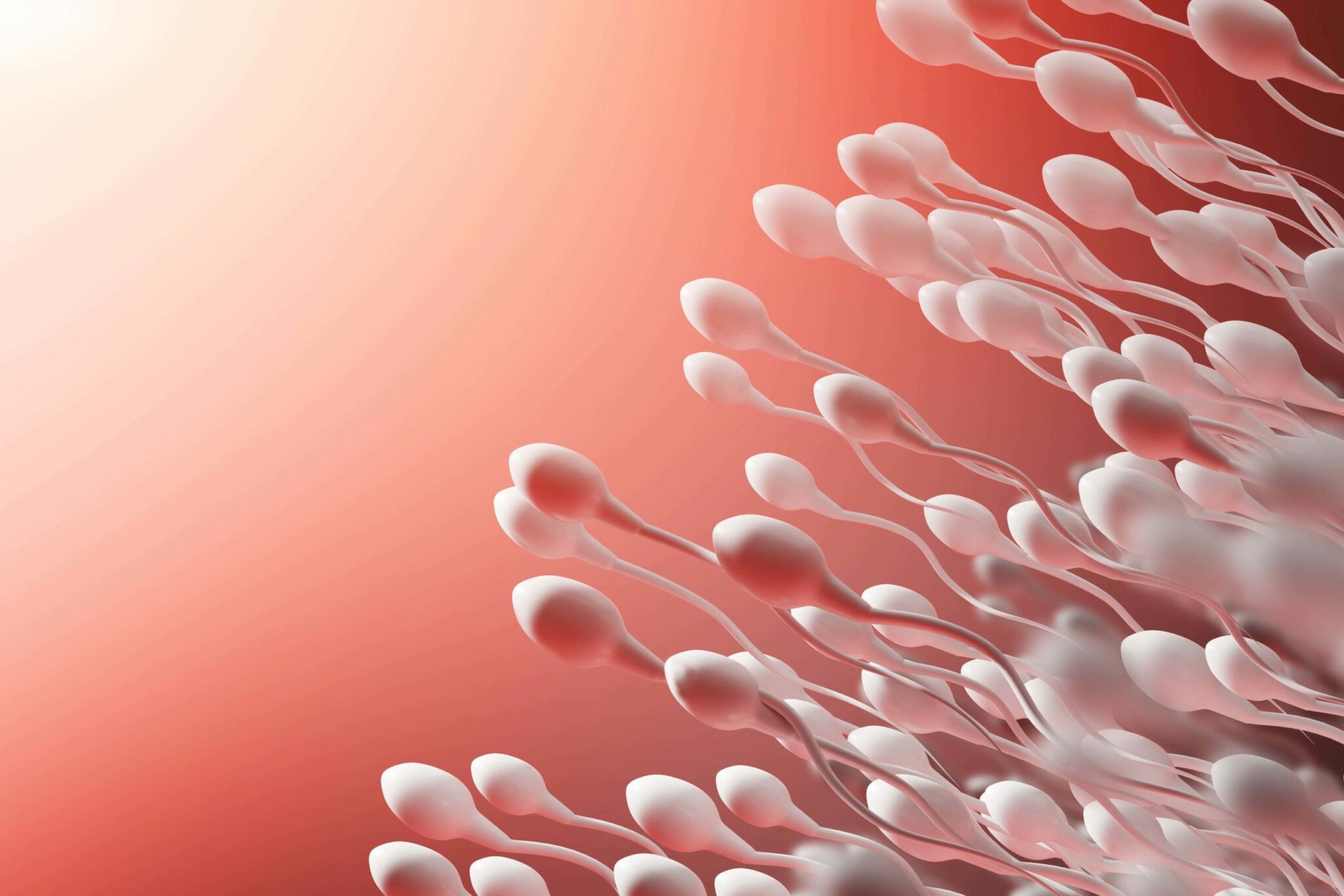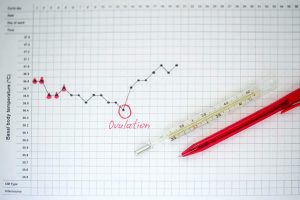Low Sperm Motility (Asthenozoospermia)

When a couple fails to fall pregnant despite actively trying for at least 12 months, it is usually suggested that they undergo fertility testing. For the male partner one of the first steps is to submit a semen sample for analysis. The semen sample can be used to check sperm concentration, sperm morphology and sperm motility. If these measurements fall outside of the World Health Organisation’s (WHO) reference values, it increases the likelihood that a male factor is contributing to the infertility. However, fluctuations in results are common so if a man’s sperm sample measures below the reference values a second sample will usually be checked before any conclusions are drawn..
Sperm motility is measured as the percentage of sperm showing flagellar movement. The recommended reference value according to the WHO is ≥40%. Progressive motility, or forward movement in a straight line, has a reference value of ≥32%. In isolation, low sperm motility does not mean that a man is infertile. It should be looked at alongside the other semen parameters.
One large-scale study categorised participants as subfertile, indeterminate-fertile and fertile for each semen parameter (concentration, morphology and motility). If a sample fell into the subfertile category for two or more parameters, it increased the likelihood of infertility.
For sperm motility the categories were split as follows:
[table id=9 /]
It is not always possible to discern what has caused low sperm motility, but sometimes it is due to the presence of anti-sperm antibodies. Usually arising after trauma or inflammation, these antibodies are found in the serum, seminal fluid and can also bind directly to sperm. They activate the immune system, block penetration to the cervix and prevent fertilisation. In some cases, the only physical sign of their presence is low sperm motility.
Nabta is reshaping women’s healthcare. We support women with their personal health journeys, from everyday wellbeing to the uniquely female experiences of fertility, pregnancy, and menopause.
Get in touch if you have any questions about this article or any aspect of women’s health. We’re here for you.
Sources:
- Cooper, T G, et al. “World Health Organization Reference Values for Human Semen Characteristics.” Human Reproduction Update, vol. 16, no. 3, 2010, pp. 231–245., doi:10.1093/humupd/dmp048.
- Guzick, D S, et al. “Sperm Morphology, Motility, and Concentration in Fertile and Infertile Men.” New England Journal of Medicine, vol. 345, no. 19, 8 Nov. 2001, pp. 1388–1393., doi:10.1056/NEJMoa003005.
- Katz, D J, et al. “Male Infertility – The Other Side of the Equation.” Australian Family Physician, vol. 46, no. 9, Sept. 2017, pp. 641–646.










